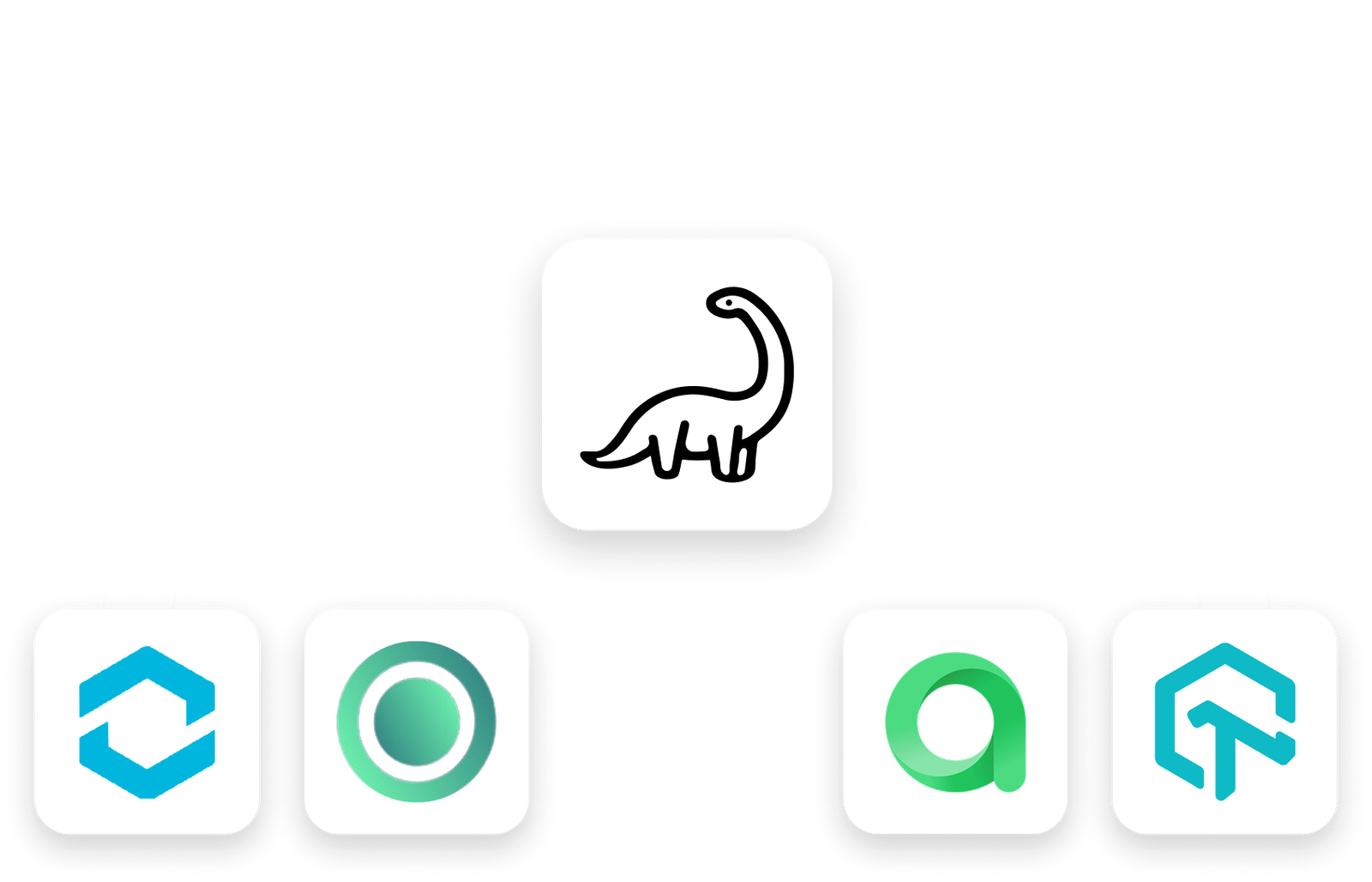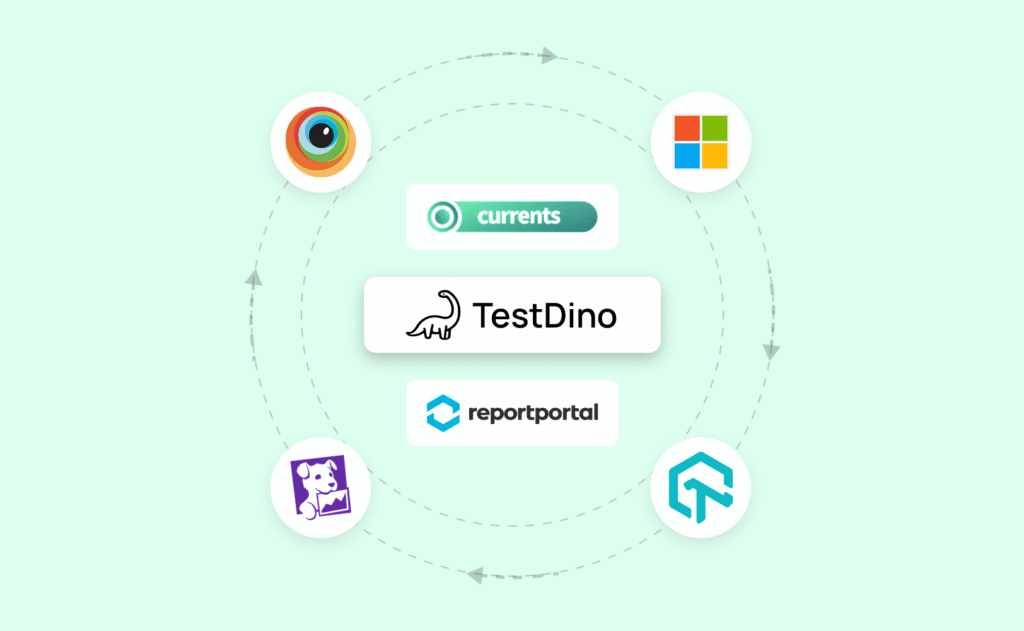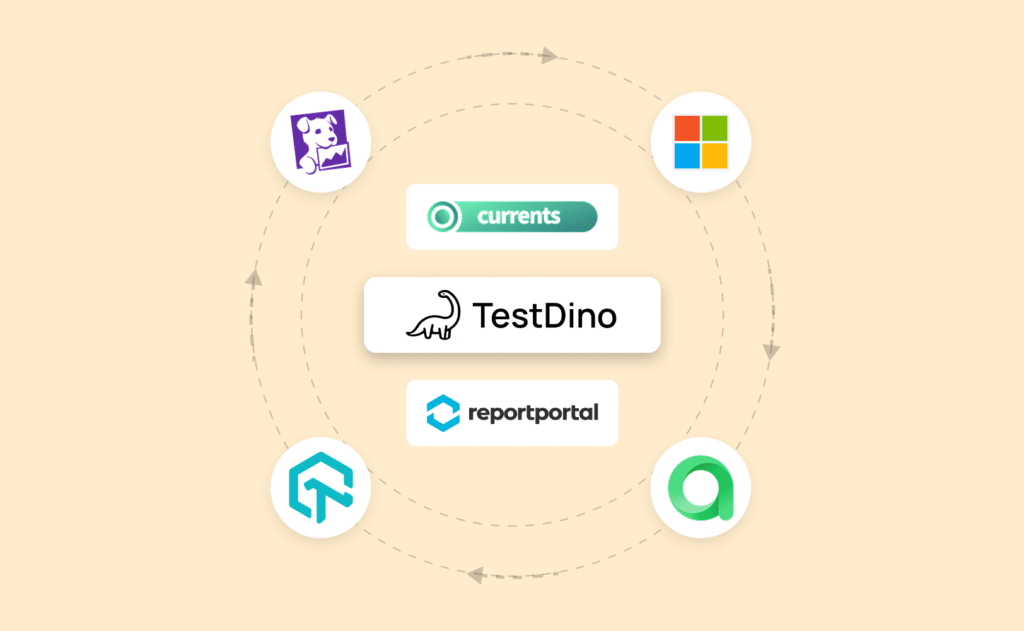Choosing the right test observability and QA monitoring tool can be challenging. DataDog is popular for infrastructure and system monitoring, but it often falls short for test optimization and QA-focused analytics. Teams report issues with high pricing, complex setup, and limited actionable insights.
This gap has led CTOs, product managers, QA leads, and DevOps managers to seek alternatives that provide faster debugging, AI-driven analytics, and simpler adoption.
To help, we’ve listed the 5 best DataDog alternatives for test optimization in 2025, highlighting TestDino, a platform built for efficient test analytics and streamlined debugging.



